Research Topics
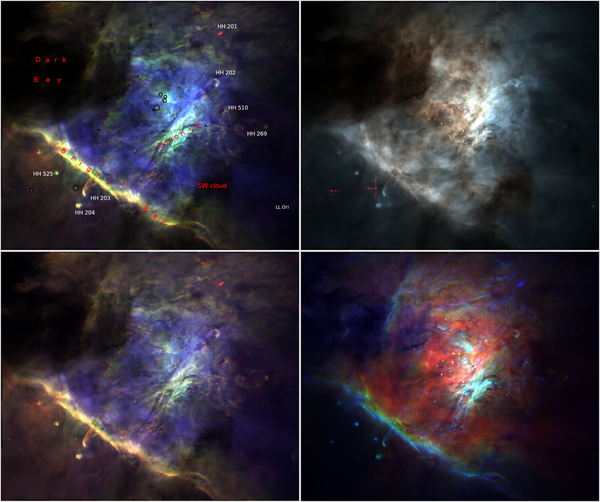
The Orion Nebula (M42) in different color combinations all of which were created from observations with the MUSE spectrograph. The stars are not visible but only marked in the top-left panel. The colors represent the distribution of the different species of ionized gas.
Credit: Peter Weilbacher (AIP)The main activities of the 3D and Multi Object Spectroscopy programme include:
- Development of new integral-field multi-object spectrographs (see projects)
- Creating and maintaining data reduction and analysis software for Integral Field Spectroscopy (p3d, MUSE pipeline)
- Astronomical research using 3D and multi-object spectrographs
- Fiber-Spectroscopy & Astrophotonics (collaboration with innoFSPEC)
- Network activities: D3d-net and AstroPhotonica-Europa (EU-FP7)
- Technology-Transfer Projects (within OptecBB, ZIM)
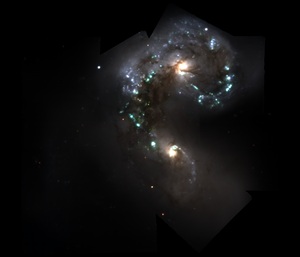
The Antennae Galaxy in broad-band colors (I, R, V) with MUSE.
Credit: Peter Weilbacher (AIP)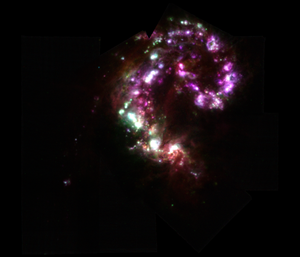
The Antennae Galaxy in ionized Gas ([SII], [OIII], Hbeta) with MUSE.
Credit: Peter Weilbacher (AIP)As an example of an astronomical topic worked on by 3DMOS team members we show the Antennae Galaxy (NGC 4038/39) above. This iconic galaxy is the closest event where we can observe the merging of two massive spiral galaxies. With the MUSE observations we were able to in detail study the distribution and physical properties of the ionized gas. Some of the HII regions in this galaxy have 1000x the luminosity of the Orion Nebula. Many of these young star-forming regions also show evidence for Wolf-Rayet stars which allowed to more precisely determine their ages.
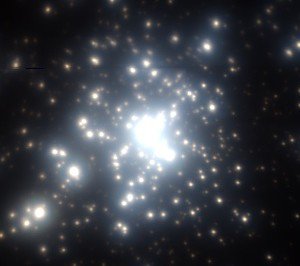
The center of the star cluster NGC 2070 in the Large Magellanic Cloud, observing with the high-resolution narrow-field mode of MUSE.
Credit: Norberto Castro (innoFSPEC, AIP), Peter Weilbacher (AIP)One further example of an astrophysical topic was in collaboration between members of innoFSPEC with 3DMOS team members. One of the first observations using the MUSE narrow-field mode, that uses high-performance adaptive optics (LTAO) to achive the highest spatial resolution in the optical range, was the center of the Tarantula Nebula (30 Dor) in the LMC. The NGC 2070 star cluster could be resolved with MUSE into the very center which was previously only possible with the HST. It hosts some of the most massive stars known.
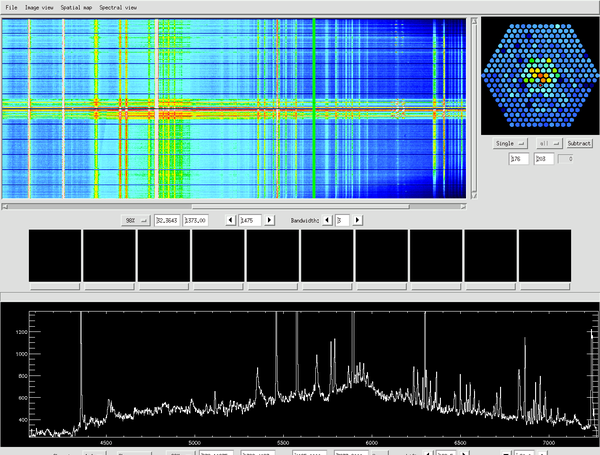
A screenshot of the p3d tool displaying data taken with the PPAK IFU of the PMAS instrument.
Credit: AIP